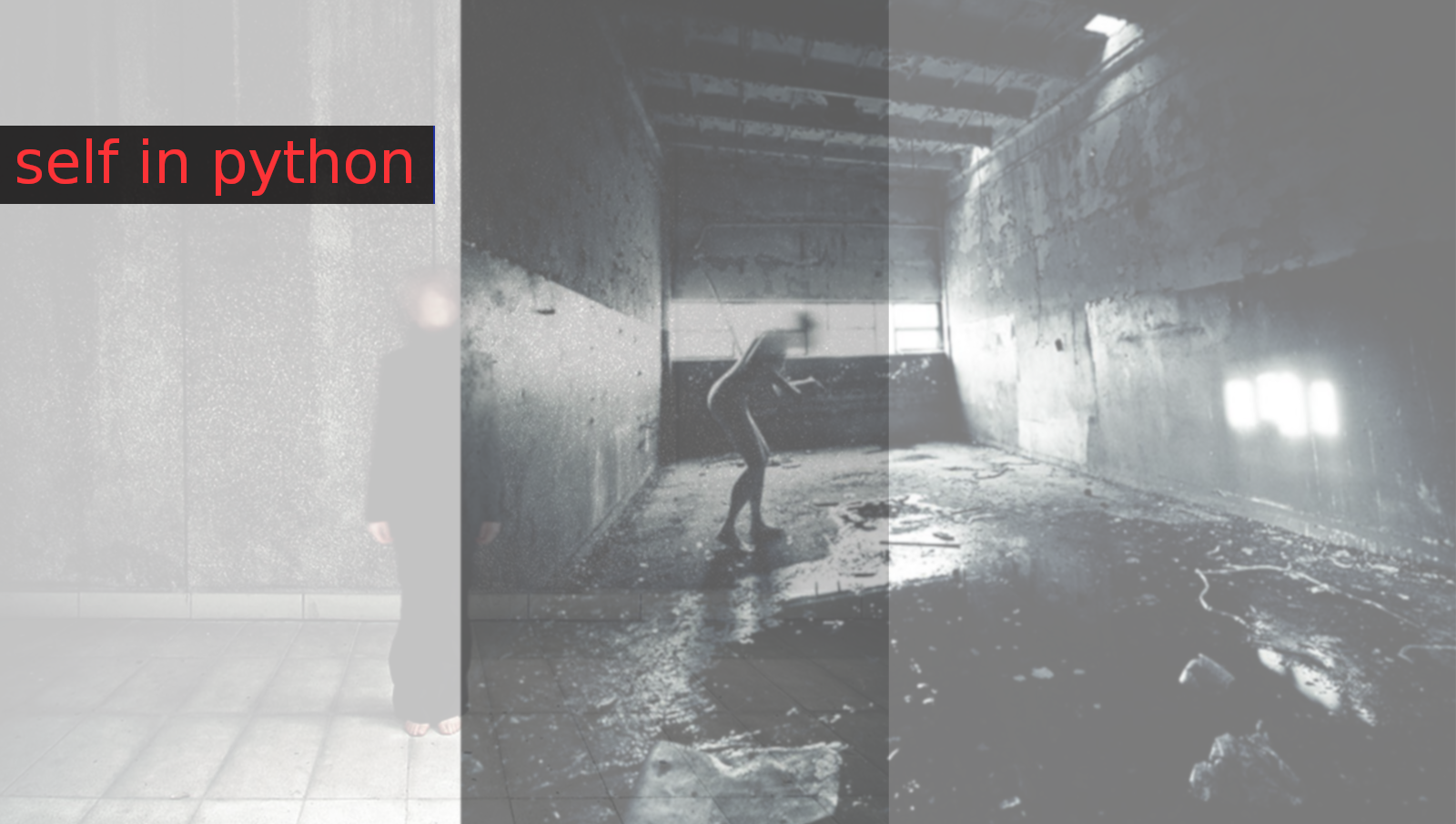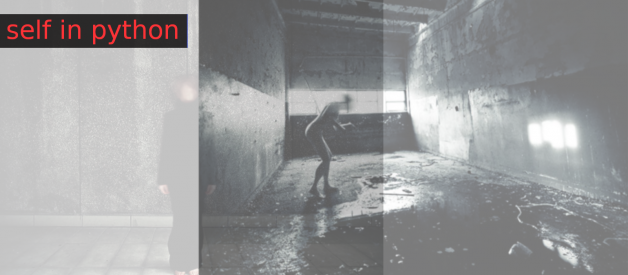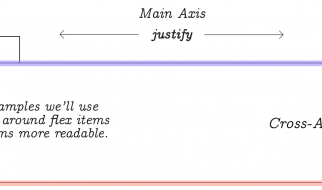 python self ? intuition
python self ? intuition
Once you start using Python, there is no escaping from this word ?self?. It is seen in method definitions and in variable initialization. But getting the idea behind it seems somewhat troublesome. Hopefully, at the end of this, you will get an intuitive idea of what ?self? is and where you should use it.
But before talking about the self keyword (which is actually not a python keyword or any special literal), first, let?s recall what are class variables and instance variables. Class variables are variables that are being shared with all instances (objects) which were created using that particular class. So when accessed a class variable from any instance, the value will be the same. Instance variables, on the other hand, are variables which all instances keep for themselves (i.e a particular object owns its instance variables). So typically values of instance variables differ from instance to instance.
Class variables in python are defined just after the class definition and outside of any methods:
class SomeClass: variable_1 = ? This is a class variable? variable_2 = 100 #this is also a class variable
Unlike class variables, instance variables should be defined within methods:
class SomeClass: variable_1 = ? This is a class variable? variable_2 = 100 #this is also a class variable. def __init__(self, param1, param2): self.instance_var1 = param1 #instance_var1 is a instance variable self.instance_var2 = param2 #instance_var2 is a instance variable
Let?s instantiate above class and do some introspections about those instances and above class:
>>> obj1 = SomeClass(“some thing”, 18) #creating instance of SomeClass named obj1>>> obj2 = SomeClass(28, 6) #creating a instance of SomeClass named obj2>>> obj1.variable_1’a class variable’>>> obj2.variable_1’a class variable’
So as seen above, both obj1 and obj2 gives the same value when variable_1 is accessed, which is the normal behavior that we should expect from a class variable. Let?s find about instance variables:
>>> obj1.instance_var1’some thing’>>> obj2.instance_var128
So the expected behavior of instance variables can be seen above without any error. That is, both obj1 and obj2 have two different instance variables for themselves.
Instance and class methods in python
Just as there are instance and class variables, there are instance and class methods. These are intended to set or get status of the relevant class or instance. So the purpose of the class methods is to set or get the details (status) of the class. Purpose of instance methods is to set or get details about instances (objects). Being said that, let’s see how to create instance and class methods in python.
When defining an instance method, the first parameter of the method should always be self. Why it should always be ?self? is discussed in the next section (which is the main aim of this post). However one can name it anything other than self, but what that parameter represents will always be the same. And it?s a good idea for sticking with self as it?s the convention.
class SomeClass: def create_arr(self): # An instance method self.arr = def insert_to_arr(self, value): #An instance method self.arr.append(value)
We can instantiate above class as obj3, and do some investigations as follows:
>>> obj3 = SomeClass()>>> obj3.create_arr()>>> obj3.insert_to_arr(5)>>> obj3.arr[5]
So as you can notice from above, although when defining an instance method the first parameter is self, when calling that method, we do not pass anything for self as arguments. How come this does not give errors? What?s going on behind the scene? These are explained in the next section.
Ok, with instance methods explained, all we have left is class methods ( ? so I say). Just like instance methods, in class methods also there is a special parameter that should be placed as the first parameter. It is the cls parameter, which represents the class:
class SomeClass: def create_arr(self): # An instance method self.arr = def insert_to_arr(self, value): #An instance method self.arr.append(value) @classmethod def class_method(cls): print(“the class method was called”)
Without even instantiating an object, we can access class methods as follows:
SomeClass.class_method()
So all we have to call the class method with the name of the class. And in here also just like instance methods, although there is a parameter defined as cls, we do not pass any argument when calling the method ? explained next.
Note: Python has another type of methods known as static methods. These are normal methods which do not have any special parameter as with instance methods or class methods. Therefore these static methods can neither modify object state nor class state.
Now with all things are being reminded (instance/class variables and methods), let?s talk about the use of self in python ( ? finally).
self ? intuition
Some of you may have got it by now, or some may have got it partially; anyway, the self in python represents or points the instance which it was called. Let?s clarify this with an example:
class SomeClass: def __init__(self): self.arr = #All SomeClass objects will have an array arr by default def insert_to_arr(self, value): self.arr.append(value)
So now let?s create two objects of SomeClass and append some values for their arrays:
obj1 = SomeClass()obj2 = SomeClass()obj1.insert_to_arr(6)
Important: Unlike some other languages, when a new object is created in python, it does not create a new set of instance methods to itself. So instance methods lie within the class object without being created with each object initialization ? nice way to save up memory. Recall that python is a fully object oriented language and so a class is also an object. So it lives within the memory.
Being said that, let?s look at the above example. There we have created obj1 and are calling the instance method insert_to_arr() of SomeClass while passing an argument 6. But now how does that method know ?which object is calling me and whose instance attributes should be updated?. Here, to whose arr array should I append the value 6? Ok, now I think you got it. That?s the job of self. Behind the scene, in every instance method call, python sends the instance also with that method call. So what actually happens is, python convert the above calling of the instance method to something like below:
SomeClass.inseart_to_arr(obj1, 6)
Now you know why you should always use self as the first parameter of instance methods in python and what really happens behind the scene when we call an instance method. ? Happy Coding !!


